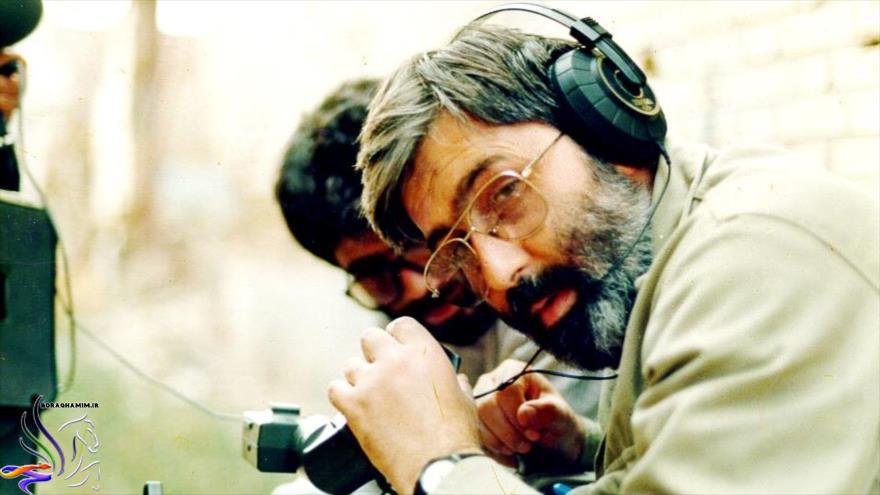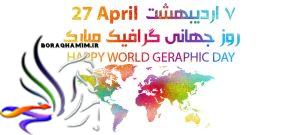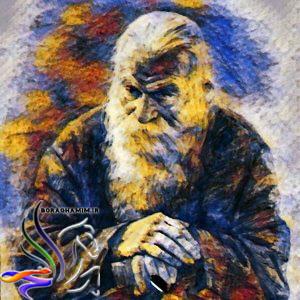Seyyed Morteza Avini (born September 21, 1950 in Rey, Iran – died April 20, 1993 in Faw, Iraq) was an Iranian documentary filmmaker, writer, critic, and journalist. During the Iran-Iraq War, he went to the frontlines as a filmmaker and made the documentary series Ravayat-e Fath (The Narrative of Victory) from the closest point of battle and with a mystical and spiritual look at the war. Avini was martyred on April 20, 1993, during a reconnaissance operation in the Faw region due to a mine explosion.
Life and Education
Boraq Hamim Art News Website_ Morteza Avini was born into a religious family in the city of Rey. He spent his childhood and primary education in Zanjan and Kerman, and then went to Tehran to continue his studies. He studied architecture at Tehran University, but after the Iranian Islamic Revolution, he began his political and cultural activities and gradually moved away from architecture.
Cultural and Revolutionary Activities
After the revolution, Avini began his cultural and revolutionary activities in various fields, including journalism, writing, filmmaking, and criticism. During the revolution and after, he published numerous articles and writings in various publications. He is also remembered for his books such as Fateh Khoon (The Conquest of Blood) and Zohoor o Sokoot-e Roshnafari dar Iran (The Rise and Fall of Intellectualism in Iran).
Filmmaking and Ravayat-e Fath
However, Avini’s most important activity was filmmaking. During the Iran-Iraq War, he went to the frontlines as a filmmaker and made the documentary series Ravayat-e Fath. This series, which was broadcast on Iranian television, became one of the most enduring works of the war era. In Ravayat-e Fath, Avini took a mystical and spiritual look at the war and tried to portray the epics and bravery of the Iranian fighters.
Martyrdom
Morteza Avini was martyred on April 20, 1993, during a reconnaissance operation in the Faw region due to a mine explosion. His body was missing for 17 years and after it was discovered, it was buried in Tehran’s Behesht-e Zahra cemetery in 2010.
Avini’s Legacy
Morteza Avini is one of the prominent and influential martyrs of the Iranian Revolution and the Iran-Iraq War. With his cultural and artistic activities, he played an important role in promoting the values of the revolution and the Holy Defense. As a committed artist, Avini always strived to use art to advance the goals of the Islamic Revolution.
Works and Views
Some of Avini’s famous works include the documentary series Ravayat-e Fath, the books Fateh Khoon, Zohoor o Sokoot-e Roshnafari dar Iran, and Resaleh, and numerous articles in various publications. Avini’s views on art, revolution, war, and intellectualism are clearly visible in his works. He believed that art should serve the goals of the Islamic Revolution and that the artist should be committed to the values of the revolution.
Position and Influence
Morteza Avini holds a special place and respect among different generations of the revolution, especially the youth. He has always been an intellectual and cultural role model and a subject of study. Avini’s thoughts and works, even after years of his martyrdom, are still a guide for many seekers of the revolution and Islam.
Commemoration
Every year on the anniversary of Morteza Avini’s martyrdom, various ceremonies are held in his memory all over Iran. Also, many streets, schools, and cultural centers in Iran have been named after him.
Resources
* Avini’s Official Website
* Digital Library of Morteza Avini’s Works
* Morteza Avini’s Articles






More Stories
the Master of Speech Facing the Mongols
Attar of Nishapuri
Donald Barthelme: A Literary Pioneer